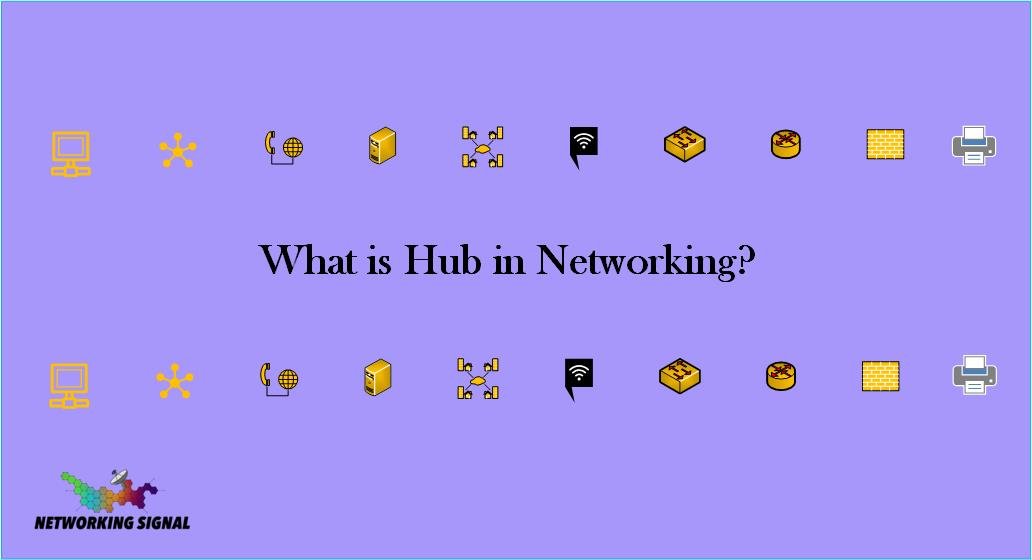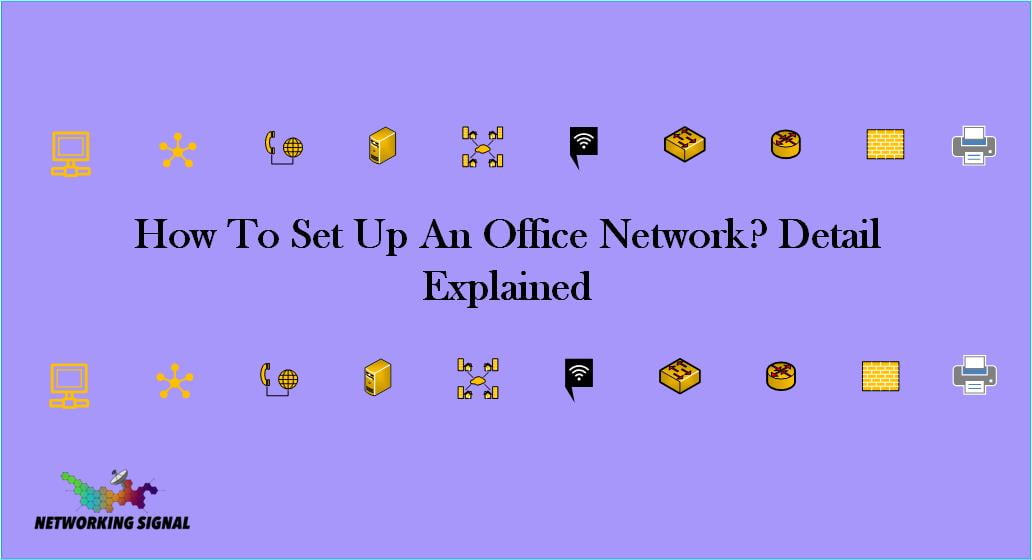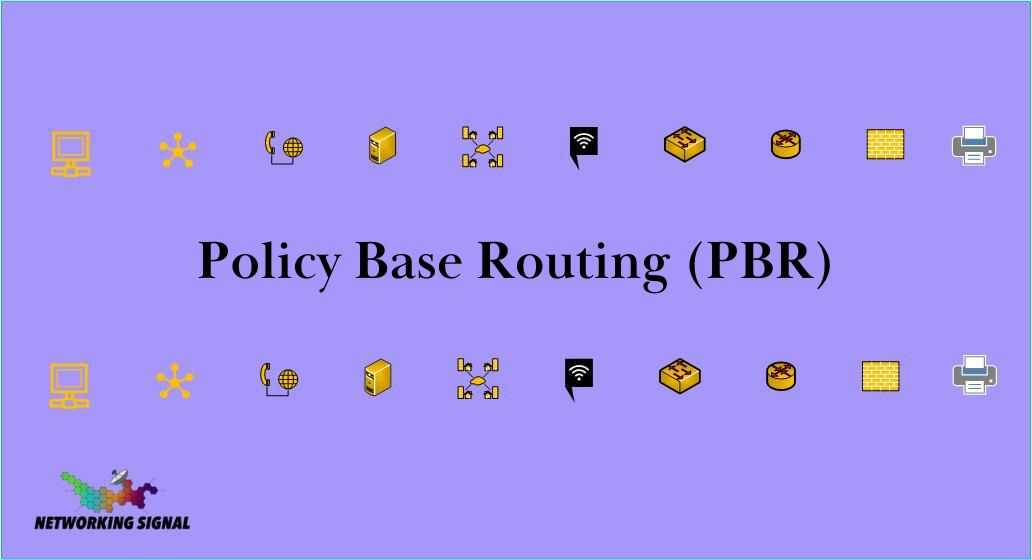What is Hub in Networking?
A hub is a device that connects multiple devices or networks together. It allows communication between these devices or networks and can be used to expand the size of a network. Hubs come in a variety of sizes and types, from small, home-use devices to enterprise-level devices that can support thousands of users. Hubs are … Read more



